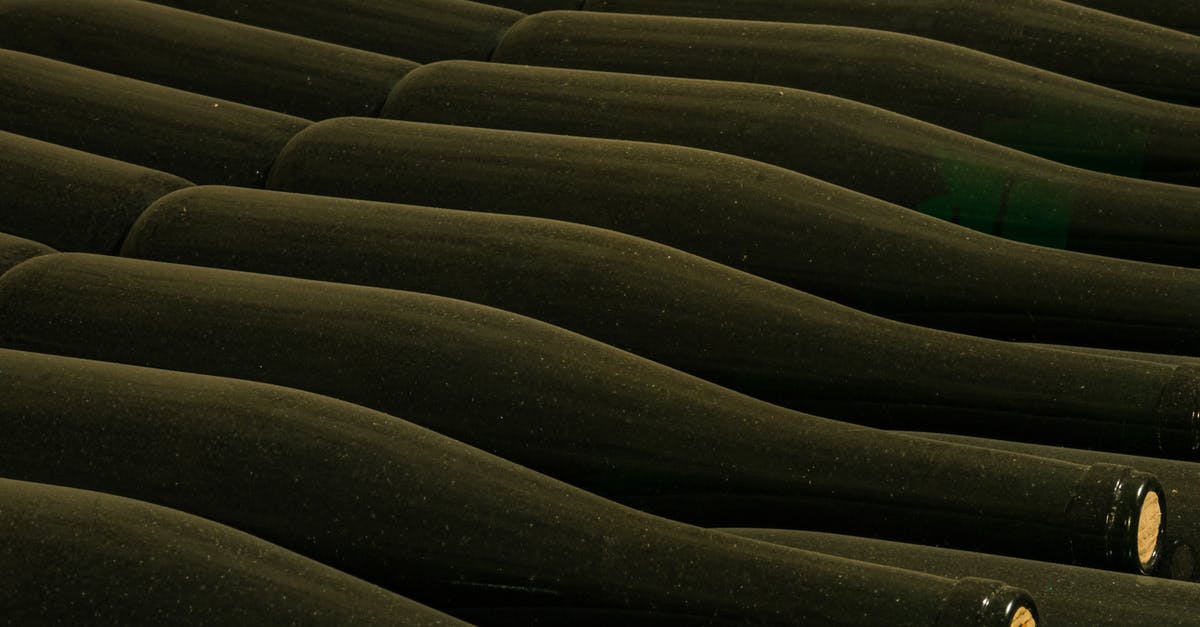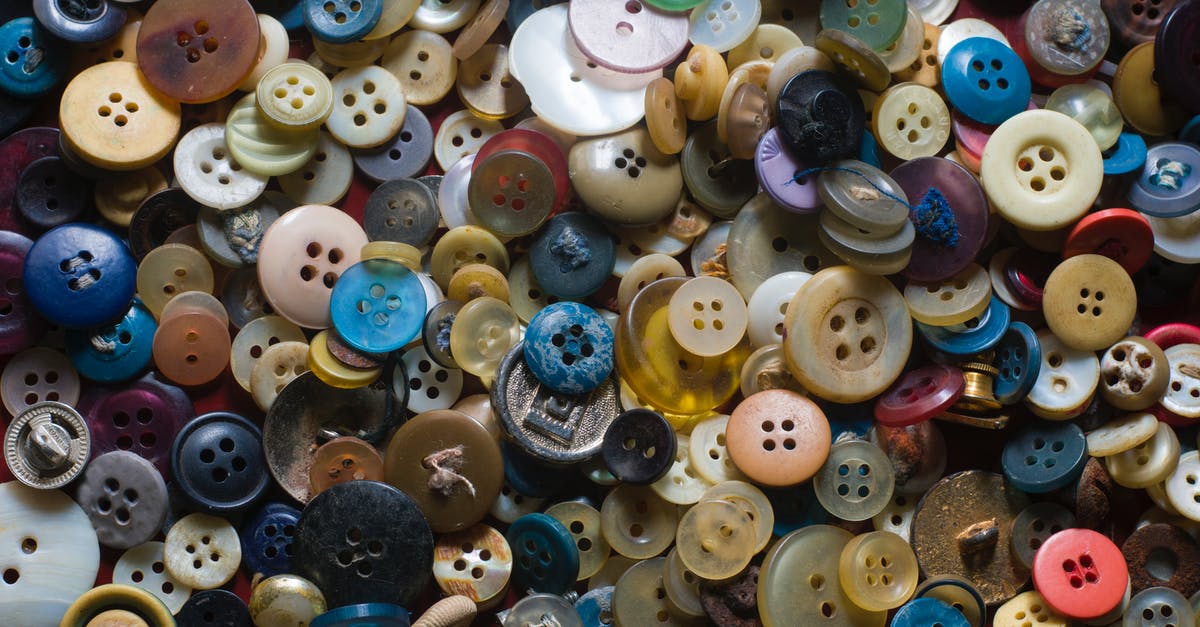Combining whetstones from different manufacturers

I recently received two whetstones for my birthday, this chroma and this naniwa. The chroma stone feels very "hard" and heavy, while the naniwa stone is considerably "softer" and lighter. I am a beginner in sharpening knives, so I started practising on very old knives. The results are acceptable, but not too good. It feels like the naniwa stone (both sides) doesn't add to the sharpness anymore. Also sharpening on the chroma is much louder and feels more productive than on the naniwa, even when I change from 800 on the chroma to 1000 on the naniwa.
Is it possible that those two stones are not compatible somehow, because they are of a different sort (the chroma feels "hard" while the naniwa feels "soft")?
Is there maybe a different explanation, why I feel like the naniwa stone doesn't add to the sharpness anymore? Or is it just due to my inexperience in sharpening?
Thank you in advance!
Best Answer
How high a grit will yield an improvement, and what which brand and series(!) of stone will achieve, is somewhat dependent on the steel and heat treat used in the knife you are sharpening.
A "very old" knife could be an obsolete stainless formula/heat treat yielding a very coarse (and/or unstable) grain- commodity stainless steels and their heat treating were still experiencing development in the 1940s!, OR be sub-par steel from the start, OR have suffered abuse by dry grinding (damaged temper), OR actually be a non-stainless steel (not that likely - with non-stainless even grits up into the 10000s can yield an improvement).
While not the case here, a general answer to this question needs to include the fact that there are different systems of grit numbering (not a problem here since both are japanese style stones - if you had european oilstones in the mix they could easily be of a seemingly lower but actually higher grit, reversing your progression!).
Make sure your deburring is good.
Be aware that a 3000 grit is kind of dual-purpose: It is in the high end of sharpening grits, and on the low end of polishing grits, and can be used in either function. Use technique that matches your choice.
Make sure your final strokes on the high grit stone are very light, and/or try stropping on a paddle, newspaper (no polishing compound needed in either case. final strokes gentle here too!) - both will make sure to align the edge.
For some users, the kind of sharpness you get from a 3000 grit or higher could APPEAR less sharp since it will be potentially less aggressive in slicing cuts but actually sharper in push cuts (try with a sponge - a perfectly executed edge on a 3000 should be able to be pushed into it without moving the edge, a good 800 edge is unlikely to even if it will very likely slice the sponge easily).
If you are testing sharpness by cutting food, some foodstuffs might not feel more easily cut with a sharper knife beyond a certain level of sharpness, since the factor limiting the ease of cutting will be edge and/or blade geometry (including things like behind-the-edge thinness, bevel asymmetry and steering....) and not edge sharpness.
Mind that soft stones easily go badly out of true (even the Chroma stone will ;), and that can affect your sharpening result especially if you are inexperienced. Flatten them.
About "different manufacturers": This is less about manufacturers but about exact stone properties - eg Naniwa will make very soft stones (as you have) and some very hard ones (the pro/chosera series). While there is some interaction between what one stone leaves and what the next can make of it, this is an advanced topic more relevant if cosmetically good polishes are intended; failure to obtain performance from a knife is unlikely as long as each of these stones is used correctly.
Pictures about "Combining whetstones from different manufacturers"



Are combination whetstones good?
The Shun Kai Combination Whetstone #1000/6000 is an excellent buy. Additionally, there a rougher side, a 1000 grit surface, and a smoother side, a 600-grit surface. You get two functionalities in one whetstone; sharpening and finishing. Don't let your knives get excessively dull before sharpening.What is a combination whetstone?
The "JCK Special Combination Whetstone" is a practical and economical "two-in-one" whetstone. One side has a most useful #1000 medium-grit abrasive for shaping the cutting edge, while the other side has a #4000 fine-grit abrasive for polishing and honing the cutting edge.Is there a difference in quality of whetstones?
The higher quality of the abrasives on an expensive whetstone will cut the knife's steel faster, more evenly, and give the knife a sharper edge. Cheap whetstones will take longer to do the same job, and the finish on the edge of the knife will not be as smooth and uniform as with a better whetstone.Is a whetstone and Waterstone the same?
Any stone that is used to sharpen an edge becomes a whetstone, whether it be natural, artificial, lubricated by oil or water, or used dry or wet. A wetstone is not really a stone, just a misspelled whetstone, and a wet stone can be a Japanese waterstone, or a pebble skimming across a lake.Buying cheap vs expensive Whetstones Q\u0026A part 1
Sources: Stack Exchange - This article follows the attribution requirements of Stack Exchange and is licensed under CC BY-SA 3.0.
Images: Nico Becker, Maxi Gagliano, Kelly L, Erik Mclean
